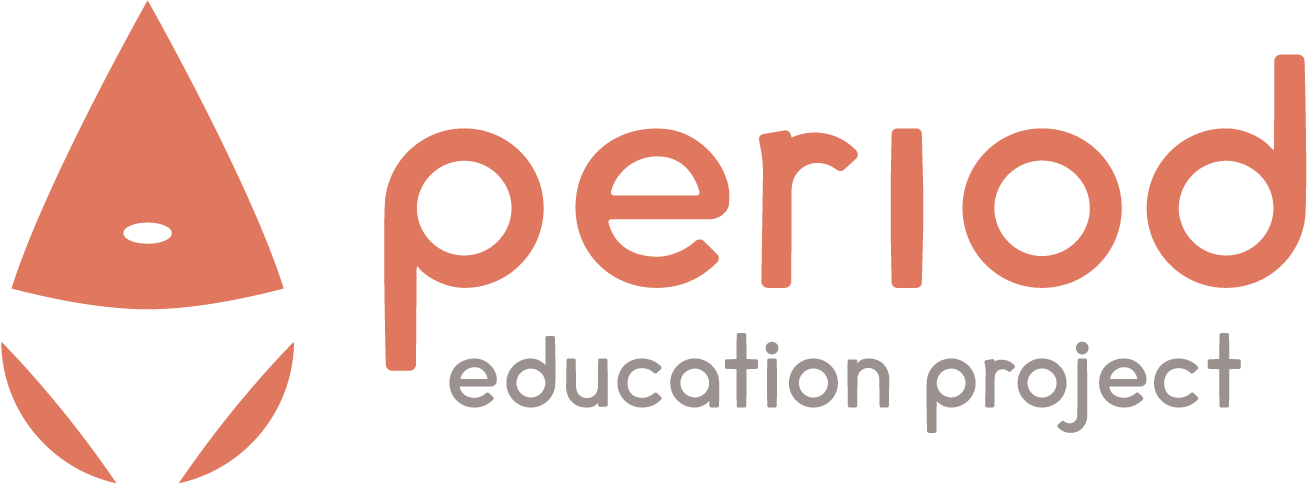Carson Collins, Period Pro from the University of South Carolina School of Medicine Greenville

Carson Collins, Period Pro
Premenstrual disorders cover a wide range of physical and emotional symptoms that occur cyclically, typically during the second half of the menstrual cycle and often continue into the first few days of your period. These symptoms fall under the umbrella of premenstrual syndrome (PMS) and its more severe counterpart, premenstrual dysphoric disorder (PMDD). PMS is quite common, affecting about 20-30% of menstruators, while PMDD is less prevalent, impacting 2-5%. The key difference between PMS and PMDD lies in the severity of symptoms and how much they disrupt your daily life. A diagnosis of either condition depends on how intensely these symptoms interfere with your routine and overall well-being.
Common physical symptoms include breast tenderness or swelling, abdominal bloating, cramps, headaches, and feeling tired; but it’s often the emotional or behavioral symptoms that cause more significant challenges. Some of these emotional and behavioral symptoms include irritability, mood swings, anxious thoughts, feeling sad or hopeless, trouble concentrating, decreased interest in your usual activities, eating more than usual or craving certain foods, and sleeping too much or having trouble sleeping.
Just as physical symptoms shouldn’t stop you from school, sports, or social activities, emotional symptoms shouldn’t either. If your symptoms significantly disrupt your routine, it’s important to talk to your healthcare provider, especially if they’re severe. Severe symptoms can lead to trouble at school, work, and getting along with family and friends.
Starting a diary of your menstrual cycle and symptoms is a great way to begin “PERIOD TRACKING.” It helps you understand your body better and be prepared when symptoms arise, and it aids healthcare providers in determining if your symptoms are related to your period or something else.
Some people manage their symptoms through lifestyle changes like regular exercise, getting quality sleep, adjusting their diet, and finding ways to reduce stress. Others might turn to over-the-counter medications like naproxen or ibuprofen, and in some cases, therapy or counseling may be helpful too. Sometimes the start of prescription medications such as selective serotonin reuptake inhibitors (SSRIs) or oral contraceptives (commonly known as birth control pills)is helpful. Although menstruators with PMS or PMDD have normal concentrations of serum estrogen and progesterone, they may have an abnormal response to normal hormonal changes which causes the symptoms described above.
You know your mind and body better than anyone else, so it’s crucial to recognize when you’re not feeling like your usual self, both physically and emotionally. Trust your instincts, and don’t hesitate to reach out to your healthcare provider with any concerns.
If you ever experience overwhelming sadness or thoughts of hurting yourself or others, it’s important to let a parent or guardian know right away and seek immediate care. You can visit the Emergency Department or call the Suicide and Crisis Lifeline at 988, which is available 24/7 to provide support in these critical moments. Your well-being matters, and help is always available when you need it.
Reference
American College of Obstetricians and Gynecologists. (2023). Management of Premenstrual Disorders. https://www.acog.org/clinical/clinical-guidance/clinical-practice-guideline/articles/2023/12/management-of-premenstrual-disorders
